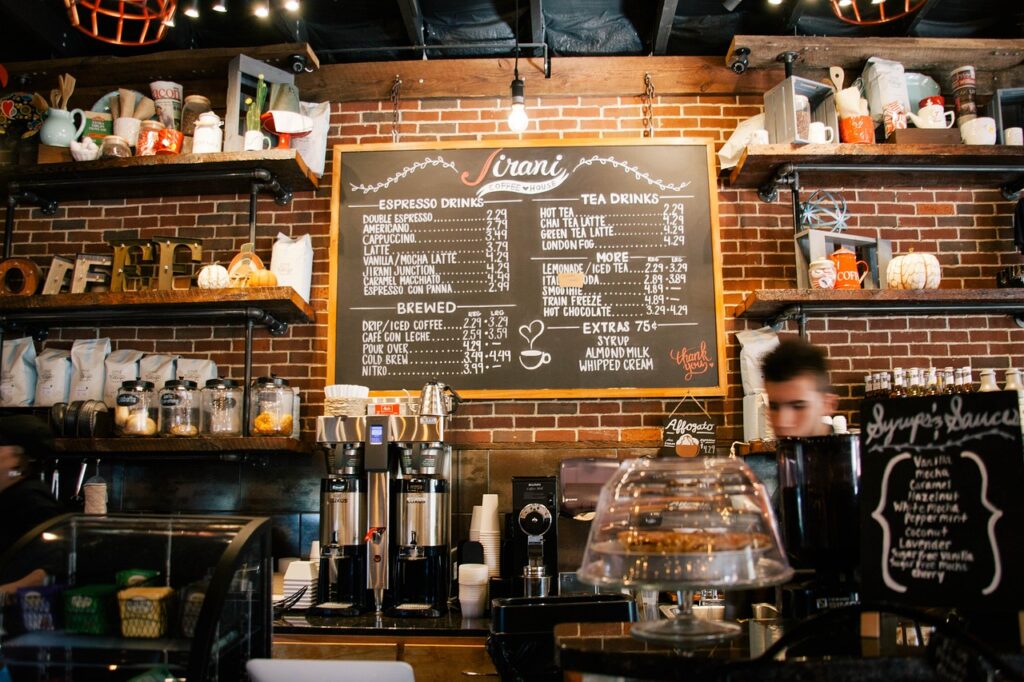How to choose the best equipment for a Bistro kitchen?
Setting up a bistro kitchen requires careful planning and a keen eye for detail. Unlike larger restaurant kitchens, a bistro kitchen needs to be compact yet fully functional, capable of delivering a wide range of dishes with speed and efficiency. The choice of equipment plays a critical role in achieving this balance. In this article, we’ll explore key considerations to keep in mind when outfitting your kitchen.
Assess your Bistro’s menu and space
Before purchasing any equipment, it’s crucial to understand the specific needs of your bistro. Start by analyzing your menu. What types of dishes do you plan to serve? A menu focused on grilled items will require different equipment than one centered on baked goods or sautéed dishes. This assessment will help you prioritize the equipment that will be most frequently used.
Next, consider the space available in your kitchen. Bistro kitchens are often small, so you need to choose equipment that fits comfortably without crowding the workspace. Compact, multifunctional equipment can be a lifesaver in tight spaces, allowing you to maximize efficiency without sacrificing quality.
Prioritize quality and durability
Investing in high-quality, durable equipment is essential for any kitchen. The daily demands of a commercial kitchen can be taxing on equipment, and choosing items that can withstand heavy use will save you money in the long run. When selecting appliances, look for those with strong warranties and good reviews from other restaurant owners.
One of the most important pieces of equipment is the commercial refrigerator. This appliance is crucial for keeping ingredients fresh and safe, and it’s used constantly throughout the day. It offers ample storage space, energy efficiency, and reliable temperature control. Its durability will be key in maintaining the quality of your ingredients and ensuring the smooth operation of your kitchen.
Focus on efficiency and functionality
In a busy bistro, efficiency is key. Your kitchen equipment should streamline your operations, helping your team work faster and more effectively. Multifunctional appliances, such as combination ovens or cooktops with built-in griddles, can save space and reduce the need for multiple devices.
When choosing cooking equipment, consider how each piece will fit into your kitchen’s workflow. For example, if your menu includes a lot of grilled items, a compact charbroiler might be more efficient than a large, traditional grill. Similarly, an induction cooktop could be a great choice for quick, precise cooking, especially in a small kitchen where temperature control is crucial.
Consider energy efficiency
Energy efficiency is not only good for the environment but also for your bottom line. Kitchen equipment that consumes less energy will help reduce your operating costs over time. Look for Energy Star-rated appliances, which are designed to be more efficient without compromising performance.
An energy-efficient commercial refrigerator, for example, can significantly reduce your energy bills while keeping your ingredients fresh. Similarly, consider induction cooktops and other energy-efficient cooking appliances that provide fast heating with less energy consumption. Over time, these choices can lead to substantial savings, allowing you to reinvest in other areas of your bistro.
Plan for future growth
While it’s important to choose equipment that meets your current needs, it’s also wise to think about the future. As your bistro grows, your kitchen’s demands will likely increase. Select equipment that can scale with your business, either by offering more capacity or by being compatible with additional units. Modular equipment, which can be expanded or reconfigured as needed, is an excellent choice for a growing kitchen.
Remember, the best equipment is not always the most expensive but the one that fits your bistro’s unique requirements and helps you deliver the best dining experience to your customers.





